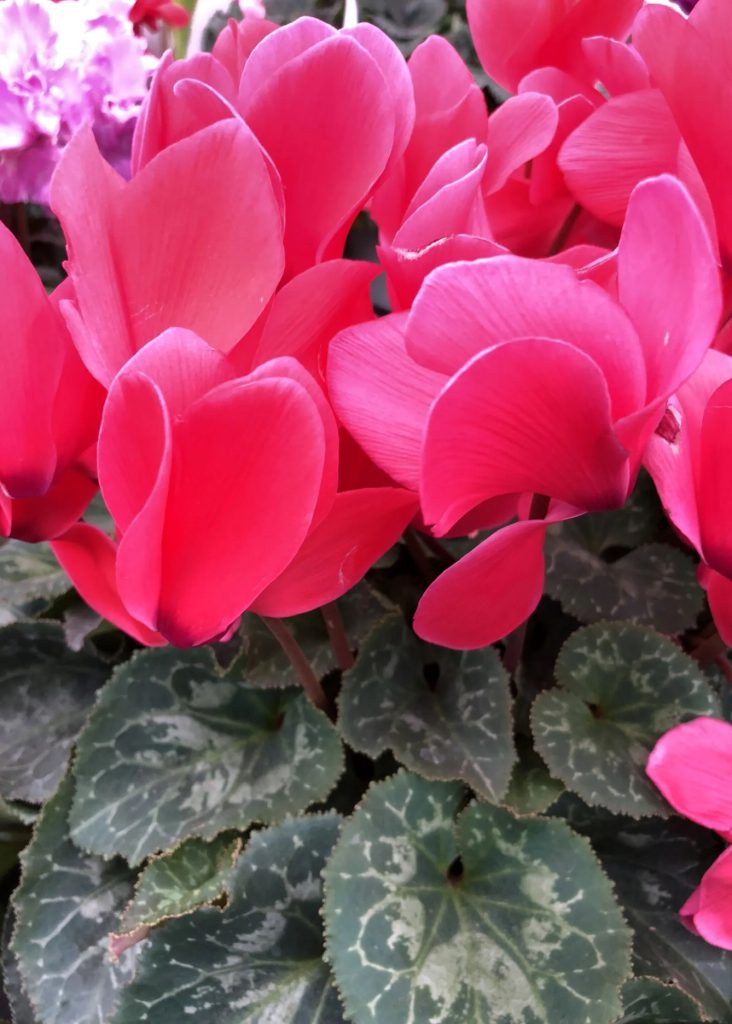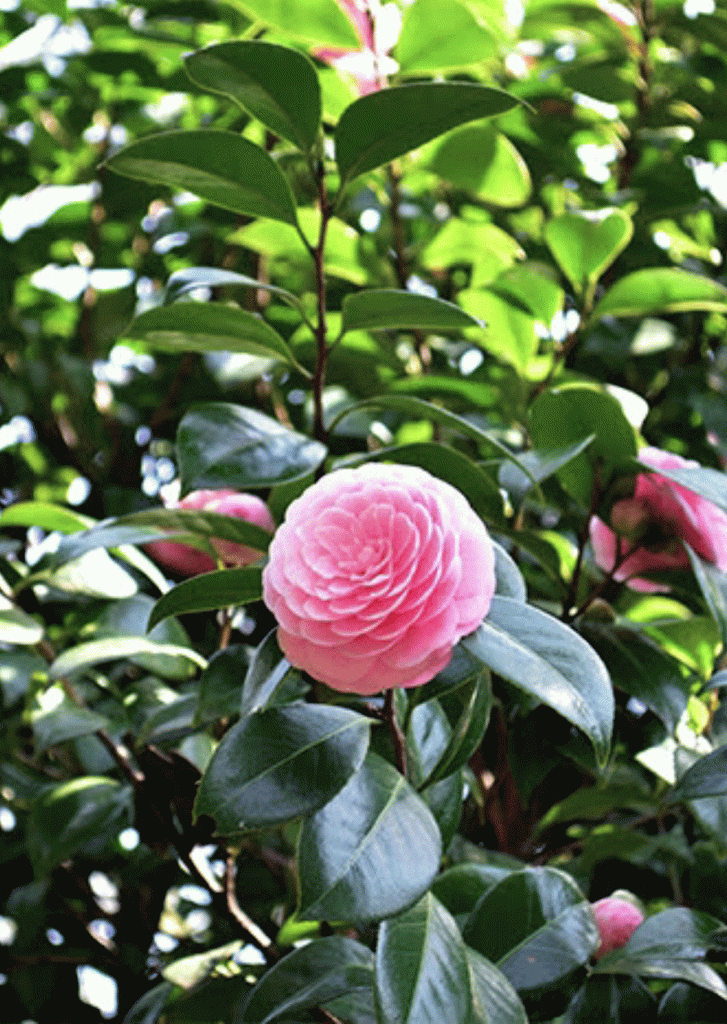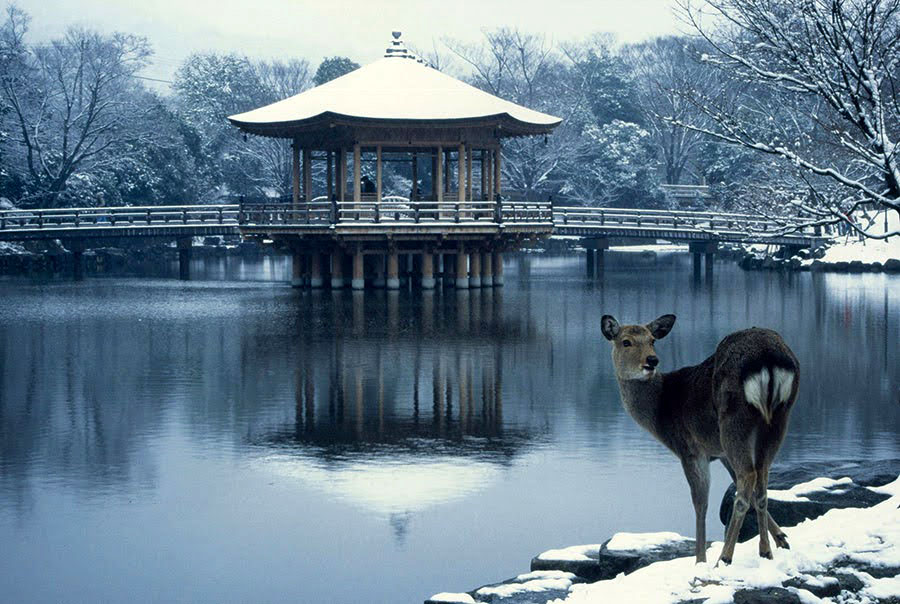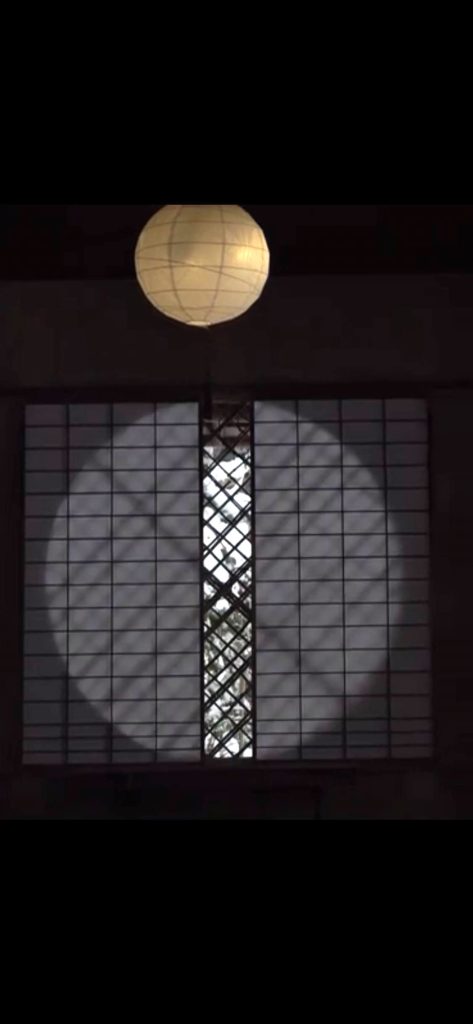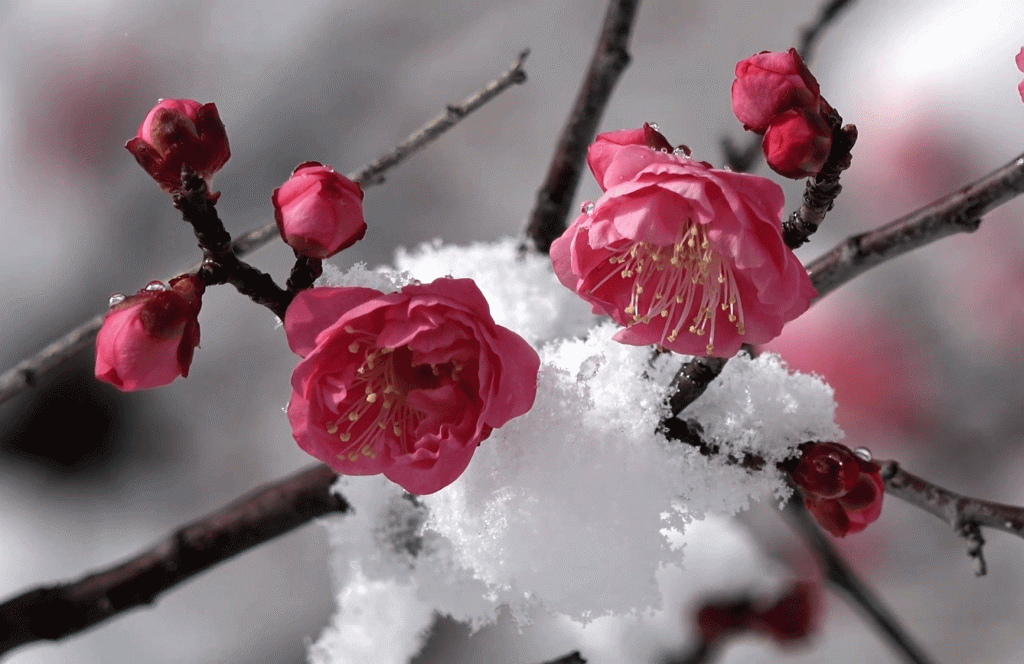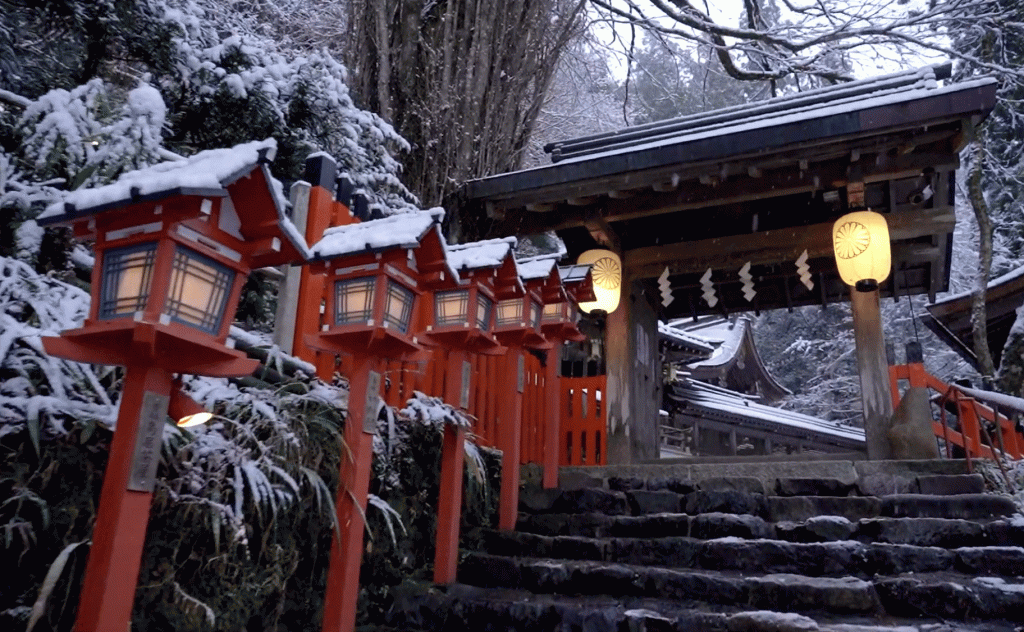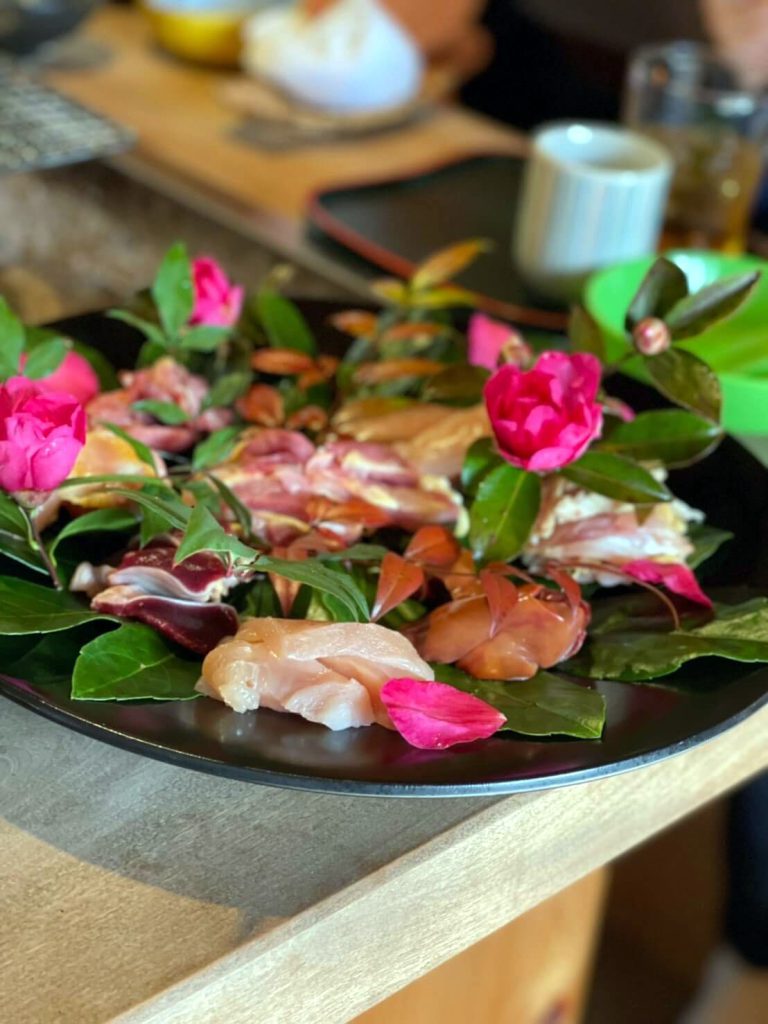
I’ve come to hear the word edible flower a lot lately. The culture of eating flowers exists all over the world because they use the flowers of plants as foodstuffs and are used for food. Not only is it colorful, but because of its high nutrients, it is eaten in the West in the same way as fruits and vegetables. There are about 70 kinds of flowers that are eaten as edible flowers, and you can choose from a wide variety depending on the timing of use. Even in Japan, “Fukinoto(Butterbur sprout)” and “Nanohana(Rape blossoms)” have been seasonal vegetables for a long time, and yellow “Abokyu” and pink “Mottenohoka” chrysanthemum flowers are eaten as sashimi and vinegared foods. It is used for sashimi and sashimi. In addition, salted cherry blossoms and cherry leaves are used for cherry blossom pickles and Japanese sweets. It is also interesting to see the exaggerated names such as “Abokyu” taken from the palace of Qin Shi Huang and “Mottenohoka” taken from “Eating the chrysanthemum flower, which is the emperor’s crest, is impermissible”.
エディブルフラワーという言葉を最近よく聞くようになりました。植物の花を食材として用いること、また、食用に供せられる花のことで、花を食べる文化は世界中に存在します。彩りはもちろん、その高い栄養素ゆえに西洋では果物や野菜と同じ感覚で食されています。エディブルフラワーとして食べられている花は約70種類ほどあり、使用するタイミングによって豊富な種類から選択することができます。日本でも、古くから、「ふきのとう」や「菜の花」が季節の野菜になっているほか、黄色の「阿房宮(あぼうきゅう)」やピンク色の「もってのほか」という菊の花がおひたしや酢の物として食べられたり、刺身のつまなどに用いられたりしています。そのほか、桜の塩漬けや桜の葉が、桜湯や和菓子に使われています。秦の始皇帝の宮殿から取った「阿房宮」とか、「天皇の御紋である菊の花を食べるとはもってのほか」からとった「もってのほか」といった大袈裟な名前が付いているのも面白いですね。

